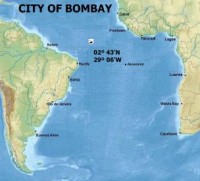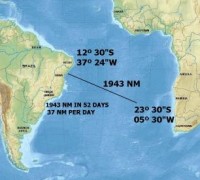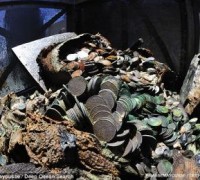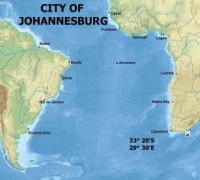- A B C
47)CITY OF CAIRO U-68
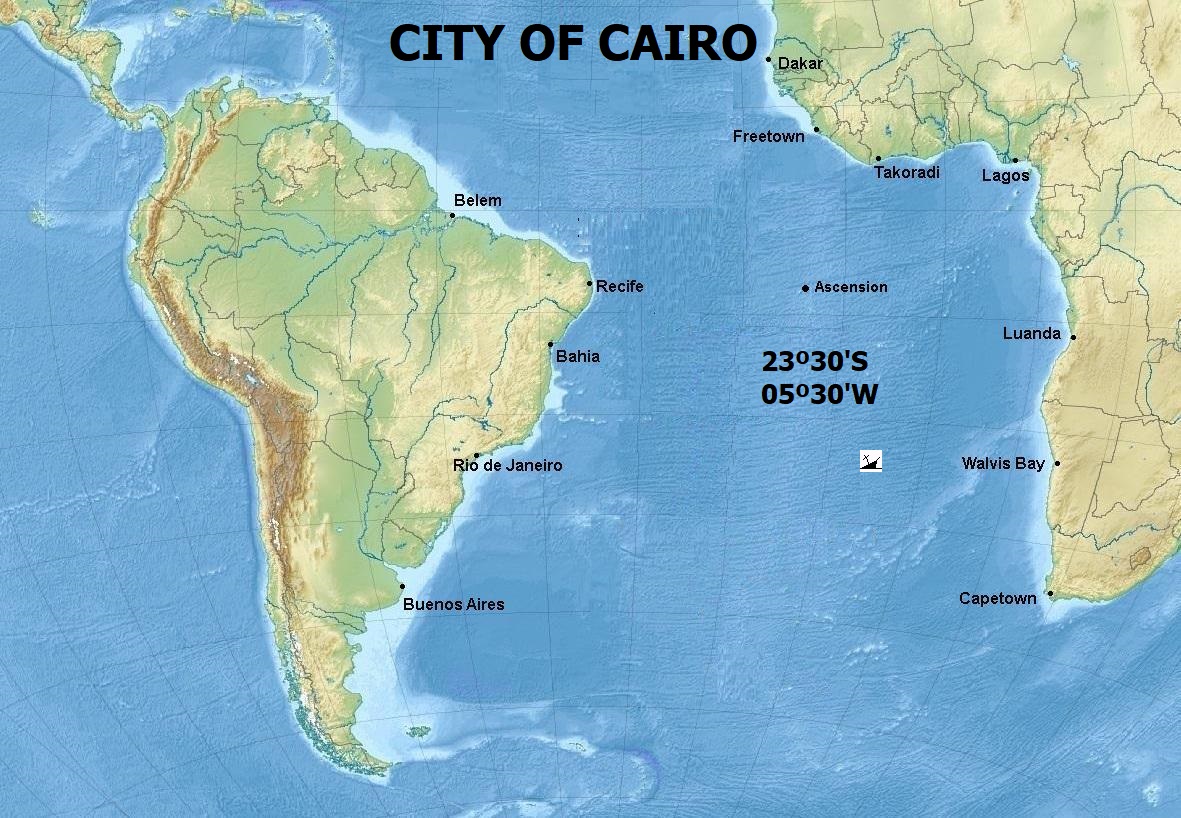
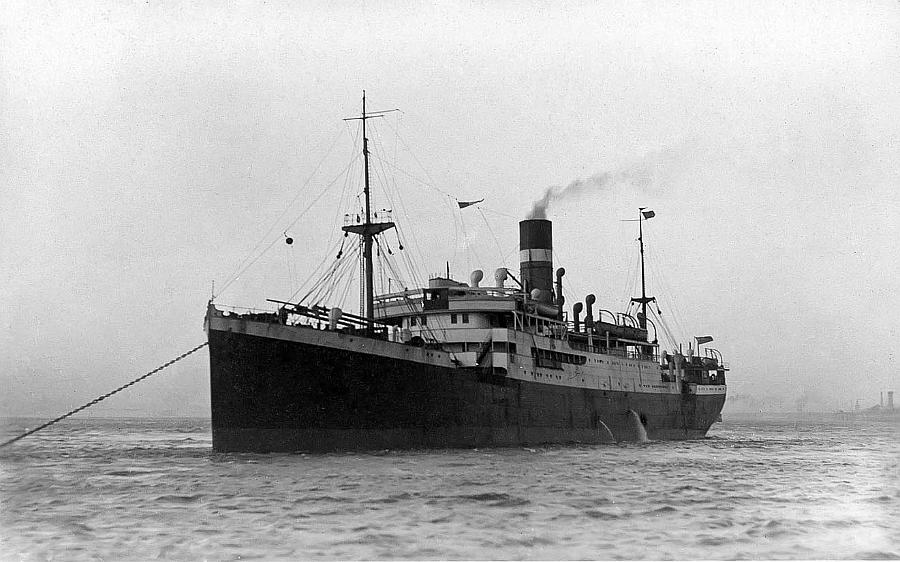
Photo. www.photoship.co.uk

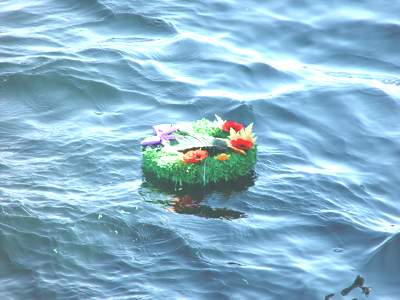
Built: 1915
Tonnage: 8,034 / 10,407 tons
Sunk 6 NOV, 42 BY U-68 on position 23º30"S 05º30"W
Route: Bombay - Durban - Capetown - Pernambuco, Brazil - UK
Cargo: 7,422 tons general, incl. pig iron, timber, wool, cotton, manganese ore and 2,000 boxes silver coins
104 Dead
207 survivors
On 1 Nov, 1942, the City of Cairo (Master William A. Rogerson) left Capetown with 150 passengers, of whom nearly a third were women and children and followed the African coast until she reached a longitude of 23°30S, where she turned westward across the South Atlantic. She was unescorted, only capable of 12 knots and her engines burned smokily.
On 6 November, the smoke trail was sighted by U-68 and at 21.36 hours one torpedo struck the City of Cairo. The master gave order to abandon ship and all the women and children left the ship safely, only six people were lost in the evacuation. Merten fired a second torpedo after 20 minutes, which caused the ship to sink by the stern about 480 miles south of St.Helena. Then U-68 questioned the survivors in the six overcrowded lifeboats and left the area.
The survivors were over 1000 miles from the African coast, and twice as far from South America. Because of their limited supplies, they set sail for St.Helena. The survivors calculated that they should reach St.Helena in two to three weeks and rationed the drinking water accordingly. Everyone was limited to 110 ml a day, even though they were exposed to tropical heat. Over the course of the next three weeks, some of the boats were found by other ships, but others disappeared. 79 crew members, three gunners and 22 passengers were lost. The master and 154 survivors were picked up by the Clan Alpine and landed on St.Helena. 47 survivors were picked up by the British merchant Bendoran and landed at Capetown.
One boat with 17 people on board had calculated that they reach St.Helena on 20 November, but by the 23, several were already dead and the island was still not in sight. They were certain that they must have missed St.Helena and, rather than circle around in a vain attempt to discover it, they decided to head west to the coast of South America, which they knew to be a further 1500 miles distant. On 27 December, after a voyage of 51 days, two exhausted survivors; one crewmember and a woman were picked up by the Brazilian corvette Caravelas, only 80 miles off the coast and landed at Recife. It is told that the men died on the ship he joined, the SS City of Pretoria which was returning across the Atlantic from the US to Britian, when the ship was torpedoed and sunk with all hands. The woman, Margareth Gordon, refused to cross the Atlantic until the war was over.
Three survivors were picked up by the German merchant Rhakotis (Kapitän z.S. Jacobs) on a voyage from Japan to Bordeaux. The blockade runner was torpedoed and sunk by the HMS Scylla (98) (Capt T.M. Browning OBE) on 1 Jan, 1943 about 200 miles northwest of Cape Finisterre. One of the survivors from City of Cairo died. The remaining two men were picked up by U-410 (Sturm) and landed at St.Nazaire three days later.
By https://uboat.net/allies/merchants/ship/2383.html
